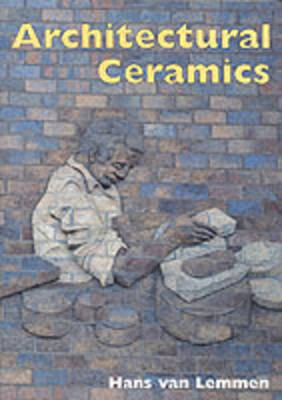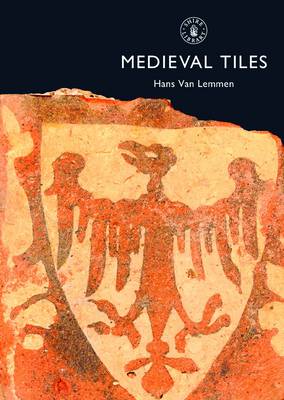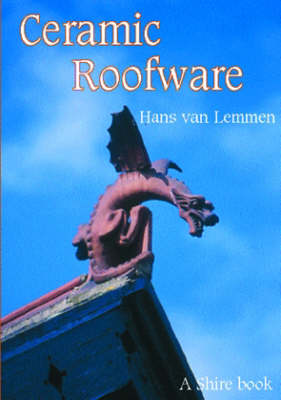Shire Album S.
4 primary works
Book 3
This book charts the history of architectural ceramics, focusing on practical and decorative applications, on architects, designers and manufacturers, and on styles and techniques of production and decoration.
Book 380
During the Middle Ages decorative floor tiles were used in abbey churches, royal palaces, parish churches and the homes of wealthy citizens. Tiles were durable and hygienic and added a new decorative element to the interior. Despite their simple tools and kiln equipment, the medieval tile makers proved extremely skilful in the production of different types of tile. They ranged from variously shaped plain tiles, which were assembled into complex mosaic floors, to two-coloured inlaid tiles, and stamped-relief and line-impressed tiles, all decorated with a wealth of different patterns and designs. Many medieval tiles disappeared during nineteenth-century restorations but the designs lived on in the copies made by Victorian tile manufacturers. Throughout Britain, tiles can still be seen 'in situ' on the sites of former abbeys as well as in medieval cathedrals and parish churches, and the British Museum has an extensive and important collection.
Book 420
Brick chimneys, chimney-pots and roof and ridge tiles have been a feature of the roofs of a wide range of buildings since the late Middle Ages. In the first instance this ceramic roofware was functional - to make the roof weatherproof and to provide an outlet for smoke - but it could also be very decorative. The practical and ornamental aspects of ceramic roofware can still be seen throughout Britain, particularly on buildings of the Victorian and Edwardian periods. Not only do these often have ornate chimneys and roof tiles but they may also feature ornamental sculptures or highly decorative gable ends. This book charts the history of ceramic roofware from the Middle Ages to the present day, highlighting both practical and decorative applications, and giving information about manufacturers and on the styles and techniques of production and decoration.
Book 453
The Coade stone factory in London, which was active between 1769 and 1840, was owned and managed by Mrs Eleanor Coade, a remarkable Georgian business woman. Her firm produced all kinds of architectural ornaments and statues, which were used by leading Georgian architects of the day for the embellishment of town and country houses and other important buildings. Coade stone was fired clay made using a special formula, but it was marketed as 'artificial stone' since at that time stone was the preferred material for architectural decoration. This book charts the history of Coade stone, the techniques of production, the sculptors who provided designs, and the architects who used it.



